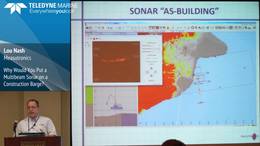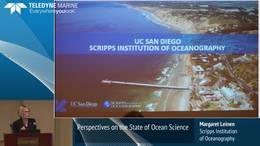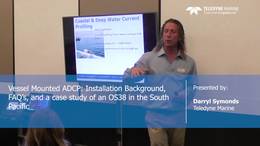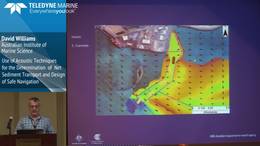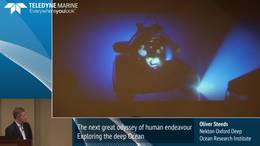IDH T-50, BV5000, and LiDAR Mobilization on a Fast Response USV for Canal Survey and Inspection
The California Aqueduct is the principal water-conveyance structure of the California State Water Project. From the Sacramento River delta east of San Francisco, it runs south 444 miles (715 km) and is the world’s largest water-conveyance system. Channel sizes vary along the aqueduct, varying from 40 feet (12 meters) to 150 feet (45m) wide at the base, with 30 feet (9 meters) average depth of flow. Additionally, with its unique mixture of over chutes, under chutes, and utility crossings, it has a height clearance limit of 24 inches (0.60cm). Constructed starting in 1960, there are concerns that fluctuating land-surface elevations due to subsidence and uplift in the valley could cause serious operational-maintenance and design construction problems for the California Aqueduct surface-water delivery system. As a result, the California Department of Water Resources has undertaken this study to develop a greater understanding of the location, extent, and magnitude of subsidence along the California Aqueduct, as well as to help understand the relationship of groundwater levels and land subsidence. Since 2005, there have been three unsuccessful attempts to field test a vehicle capable of transiting the canal system with minimal need to recover the vehicle, while having the ability to carry high-resolution multibeam and LiDAR sensors. In December of 2017, Seafloor proposed the development of a 15 foot (4.5m) catamaran vehicle, capable of 8 hours endurance, less than 60cm in overall height, and capable of carrying an IDH T-50 multibeam and high resolution LiDAR sensor. This presentation will produce the results of that program.
Presented by
John Tamplin
Seafloor Systems
Presented by
John Tamplin
Seafloor Systems


